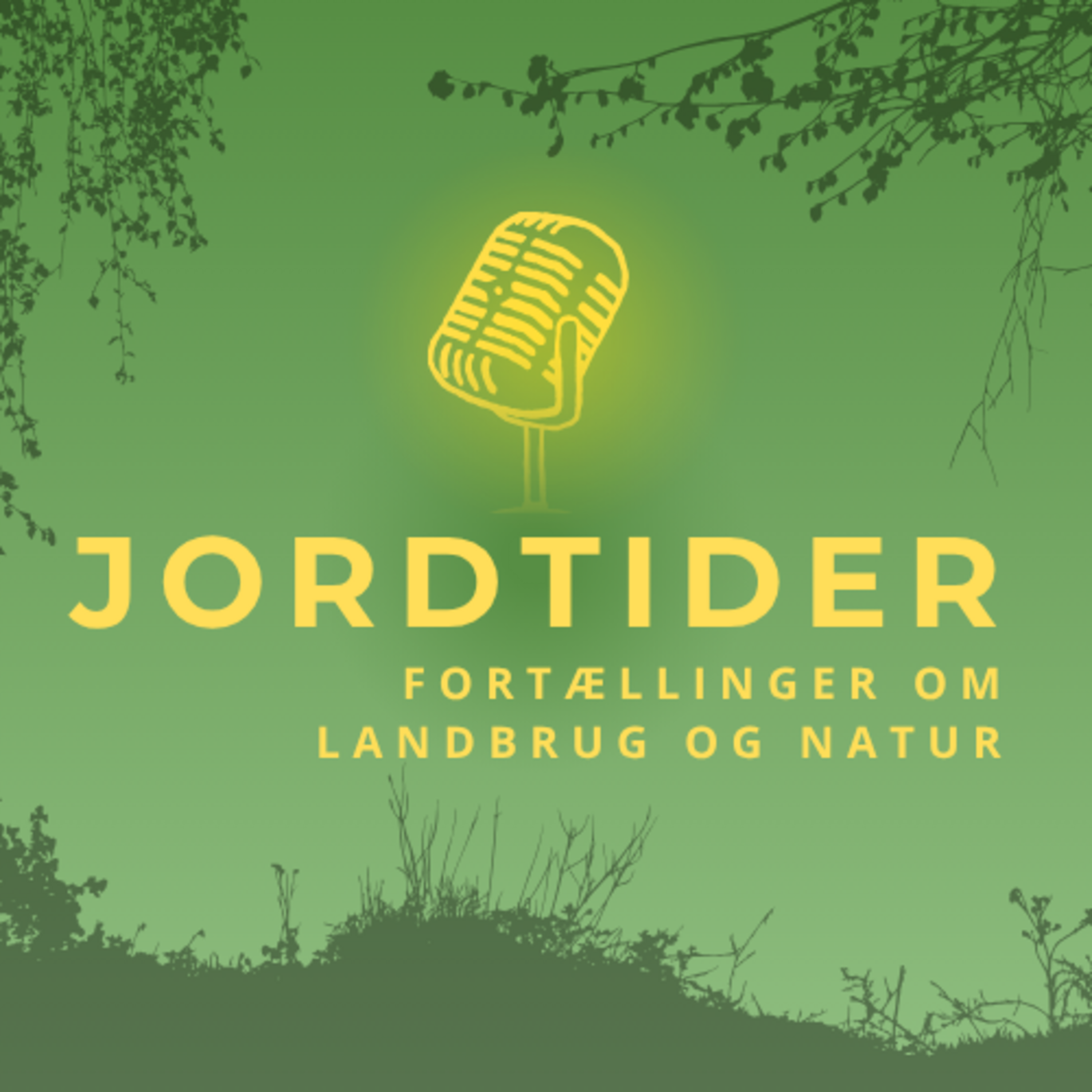Jordtider: When history takes root in the landscapes of the future
What did Denmark look like before tractors ploughed the fields - indeed, before there were any fields at all? What can we learn from the lives and choices of the first farmers? And can the traces of ancient landscapes and generations of agriculture point the way to a greener future?

These are the big questions Kasper Bo Sørensen explores in Jordtider, a new podcast produced by the Department of Agroecology at Aarhus University in collaboration with the research centre SustainScapes. The podcast dives into the long history of the Danish landscape in search of inspiration on how the past can help us build a more sustainable agriculture and a richer natural environment.
From mammoths to megafauna
Jordtider invites you on a journey thousands of years back, to a time when wild horses and forest elephants roamed a landscape untouched by fields and slurry tanks. A landscape shaped by the forces of nature and by large animals we’ve nearly forgotten today. With Professor Jens-Christian Svenning, we explore how megafauna once contributed to biodiversity, and what we’ve lost since their disappearance.
But the journey doesn’t end there.
Find the episode ”Naturen før landbruget” here.
The first seeds and the modern human
In the first two episodes, we meet Associate Professor Kim Hebelstrup, who takes us to the dawn of agriculture. How did we shift from hunter-gatherers to farmers, and what did that mean for how we live and think? Kim poses the rhetorical question: did the plants domesticate us? And it’s exactly that kind of thought-provoking perspective that Jordtider delivers.
Because the podcast isn’t just about soil and tools. It’s about ideas, relationships, and transformation, and about how humans have shaped the landscape, but also been shaped by it.
Find the episodes ”Landbrugets historie del 1 og 2” here.
A journey through time and meaning
In episode 4, we look at the agricultural boom of the 20th century with Professor Tommy Dalgaard. From small, mixed farms powered by horses and community spirit to industrial farming, fertilisers, and globalisation. What have we gained and what may we have lost along the way? With historical perspective and sustainability in mind, Jordtider offers space for reflection amidst today’s rapid technological change.
Find the episode ”Et land i bevægelse” here.
Knowledge, told with calm and depth
Podcast host Kasper Bo Sørensen has a special gift for bringing complex topics to life. With a background in agrobiology and his daily work as a scientific assistant at the Department of Agroecology, he guides listeners with curiosity and calm through landscapes of both time and thought.
A podcast for the curious
Jordtider is for those who want to understand how modern agriculture and nature came to be, and where we might be headed, if we listen to history. You'll meet researchers who dare to ask new questions of old answers and who, through science and communication, try to build a bridge between what was and what could be.
The podcast is developed as part of SustainScapes.org, an interdisciplinary research centre working to restore biodiversity in Denmark through landscape-based solutions. Agroecology plays a vital role here, and to inspire future sustainable agricultural landscapes, the centre is undertaking extensive digitalisation and mapping of the past few centuries of farming.
“By drawing on knowledge about historical land use, the centre is developing concrete tools for future agricultural development and ecological restoration and here, Jordtider is a key channel of communication, especially in these times of tripartite agreements,” says Professor Tommy Dalgaard, co-director of SustainScapes from the Department of Agroecology.
Jordtider is available here and on Spotify. New episodes are released regularly, each lasting around 30–40 minutes. Perfect for your commute, the dishes, or a walk through a landscape you might just see with new eyes afterward.
